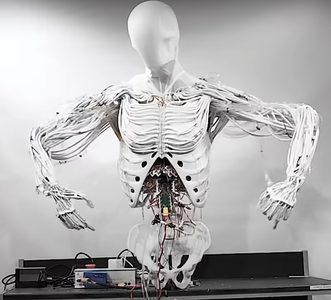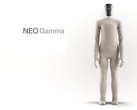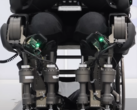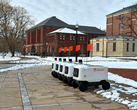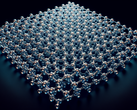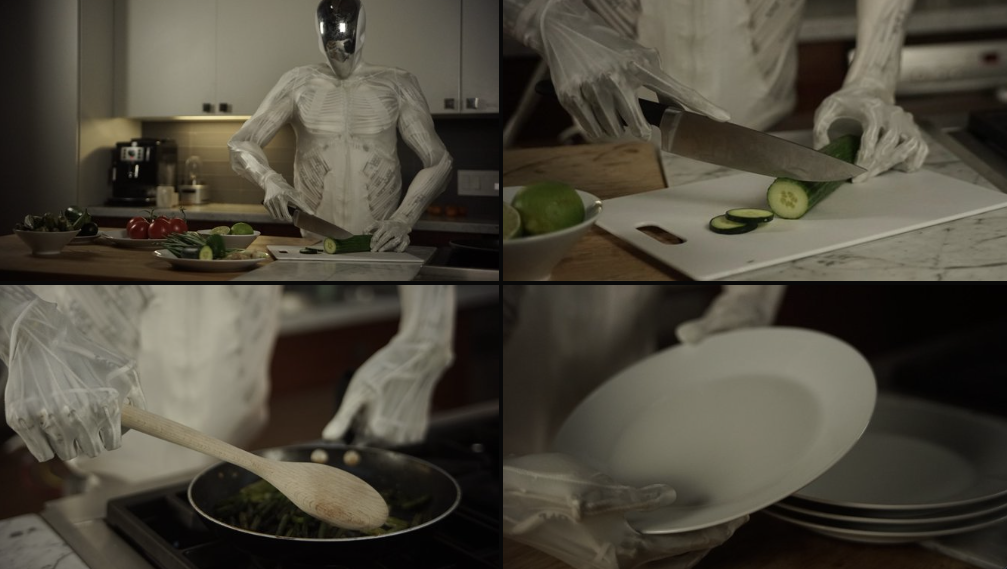
Protoclone: Humanoid robot that moves like us—for better or worse
CheckMag
Humanoid robots have long been the subject of science fiction, but the latest creation from Clone Robotics, the Protoclone, is bringing that fiction into reality. This eerily lifelike machine, recently showcased in a viral video, demonstrates remarkably human-like movement, twitching and flexing while suspended from the ceiling.Santiago Nino 👁 Published 🇨🇳 🇫🇷 ...
Unlike traditional humanoid robots that rely on rigid metal frames and electric motors, the Protoclone is designed with over 1,000 artificial muscle fibers and 500 sensors, closely mimicking the musculoskeletal system of a human body. With 200 degrees of freedom, the machine is capable of highly fluid and natural movements, setting it apart from conventional robotic designs.
The implications of such a development could be profound. In homes, robots like the Protoclone could assist individuals with disabilities, handle household chores, or serve as caretakers for the elderly. Parts of the machine, like the arms and hands, legs or feet, could be utilized as lifelike prosthetics for amputees. In the workplace, they might take on physically demanding or repetitive jobs, reducing human injury risks while improving efficiency. However, the hyper-realistic motion of the Protoclone has sparked mixed reactions—while some view it as a technological marvel, others find its lifelike qualities unsettling. Clone Robotics appears to be embracing that feeling of unease, releasing a video of the dangling, twitching machine with eerie music filling the dimly lit background.
As humanoid robotics continues to evolve, society may find itself facing both exciting possibilities, and difficult ethical questions, sooner than we may have expected.




